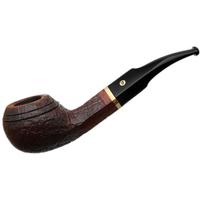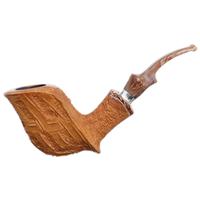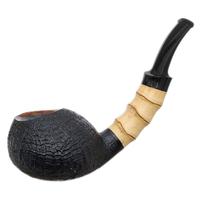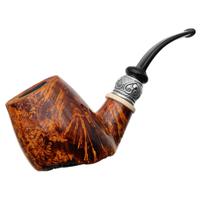Before Columbus was born the native Americans eventually learned to use pipestone from certain pipestone quarries, if they could get it.
After tobacco was introduced to the Old World from the New the Europeans developed a clay pipe, examples that can still be found today in the river Thames.

 www.beachcombingmagazine.com
www.beachcombingmagazine.com
Then smokers learned to use pipes made of meerschaum from one place, Ekisihir in Turkey and many grades and qualities of those deposits are still used today.

 en.m.wikipedia.org
en.m.wikipedia.org
For cob pipes, the area around Washington Missouri produced corn cobs so suited for pipe making and further developed by hybrid corn planted for the cobs every one of the highest quality corn cob pipes today comes from one little factory, Missouri Meerschaum, by the banks of the Missouri River in Washington.
 corncobpipe.com
corncobpipe.com
Alfred Dunhill found that if he oil cured and sandblasted a certain grade of soft, dense grained Algerian briar that made the best smoking pipes possible.
 pipedia.org
pipedia.org
WDC probably also utilized Algerian briar and a young executive named Robert Marx began his own pipe company in 1934 and used the best grade of Algerian briar, and after a few years started selling the most expensive factory briar pipes on earth, known as the “400”, at $25.
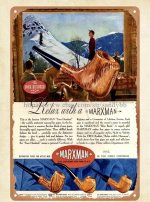
The Algerian War of Independence ended the organized briar exporting industry of colonial French Algeria.
But those burl roots in Algeria are still there, waiting to be dug, graded, cut, cured, seasoned and aged, and made into pipes.
If it wasn’t the best Dunhill would have used another grade.
What new briar pipes are made of, is a step backwards in the evolution of pipes.
After tobacco was introduced to the Old World from the New the Europeans developed a clay pipe, examples that can still be found today in the river Thames.

Mudlarking: The Art of Smoking
By Jason Sandy Imagine finding an incredibly long clay pipe just laying at your feet, untouched and unbroken after 300 years. That’s exactly what happened to Sara Cannizzaro as she was mudlarking on a freezing, cold February morning along the Thames foreshore in London. “Suddenly a large boat...
 www.beachcombingmagazine.com
www.beachcombingmagazine.com
Then smokers learned to use pipes made of meerschaum from one place, Ekisihir in Turkey and many grades and qualities of those deposits are still used today.

Sepiolite - Wikipedia
For cob pipes, the area around Washington Missouri produced corn cobs so suited for pipe making and further developed by hybrid corn planted for the cobs every one of the highest quality corn cob pipes today comes from one little factory, Missouri Meerschaum, by the banks of the Missouri River in Washington.

Missouri Meerschaum Company - CornCobPipe.com
Smoking Pipes Gift Ideas Cob Wear Authentic & Original The Missouri Meerschaum Corn Cob Pipe A 150-year-old legend styled for today's pipe smoker! Whether you enjoy fishing, hunting, gaming, woodworking, car collecting, reading, boating, or card playing, there’s nothing quite like
 corncobpipe.com
corncobpipe.com
Alfred Dunhill found that if he oil cured and sandblasted a certain grade of soft, dense grained Algerian briar that made the best smoking pipes possible.
The History of Dunhill's Shell - Pipedia
WDC probably also utilized Algerian briar and a young executive named Robert Marx began his own pipe company in 1934 and used the best grade of Algerian briar, and after a few years started selling the most expensive factory briar pipes on earth, known as the “400”, at $25.

The Algerian War of Independence ended the organized briar exporting industry of colonial French Algeria.
But those burl roots in Algeria are still there, waiting to be dug, graded, cut, cured, seasoned and aged, and made into pipes.
If it wasn’t the best Dunhill would have used another grade.
What new briar pipes are made of, is a step backwards in the evolution of pipes.



